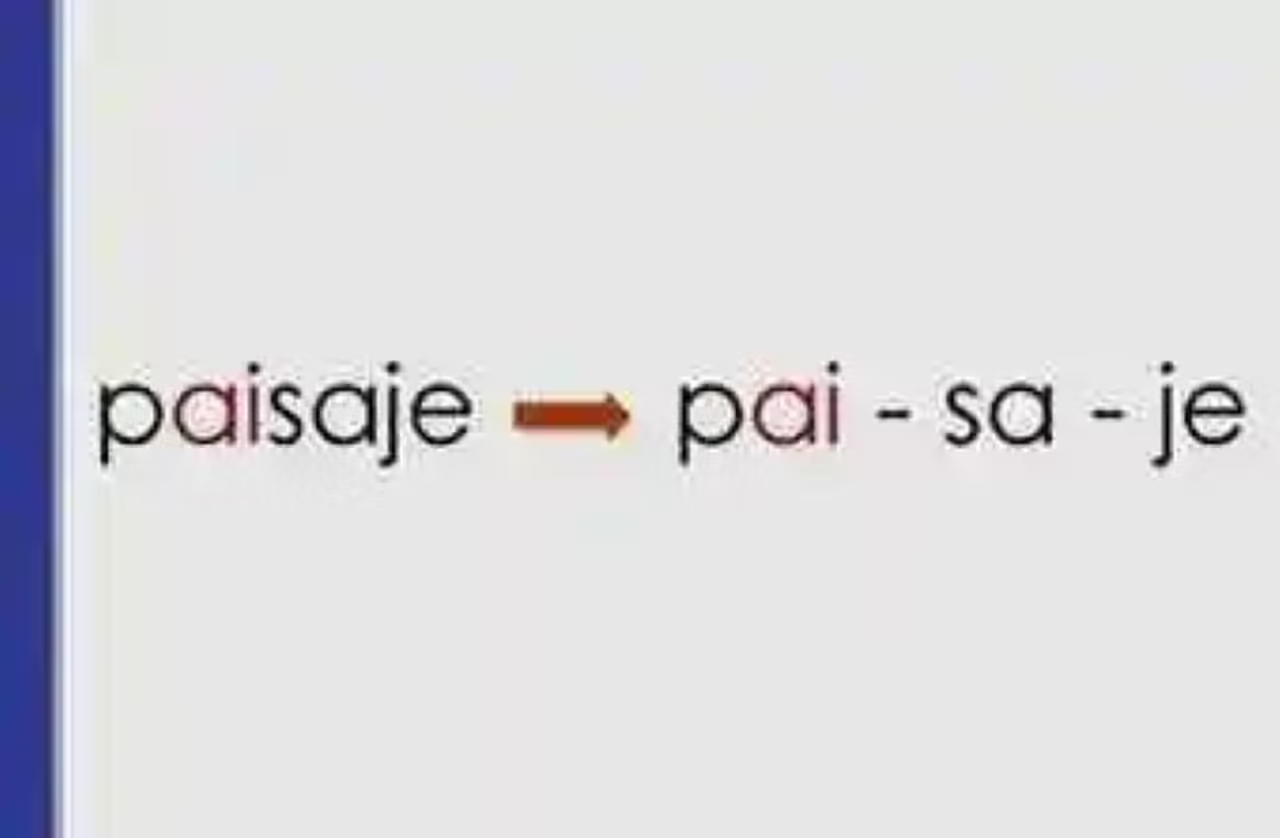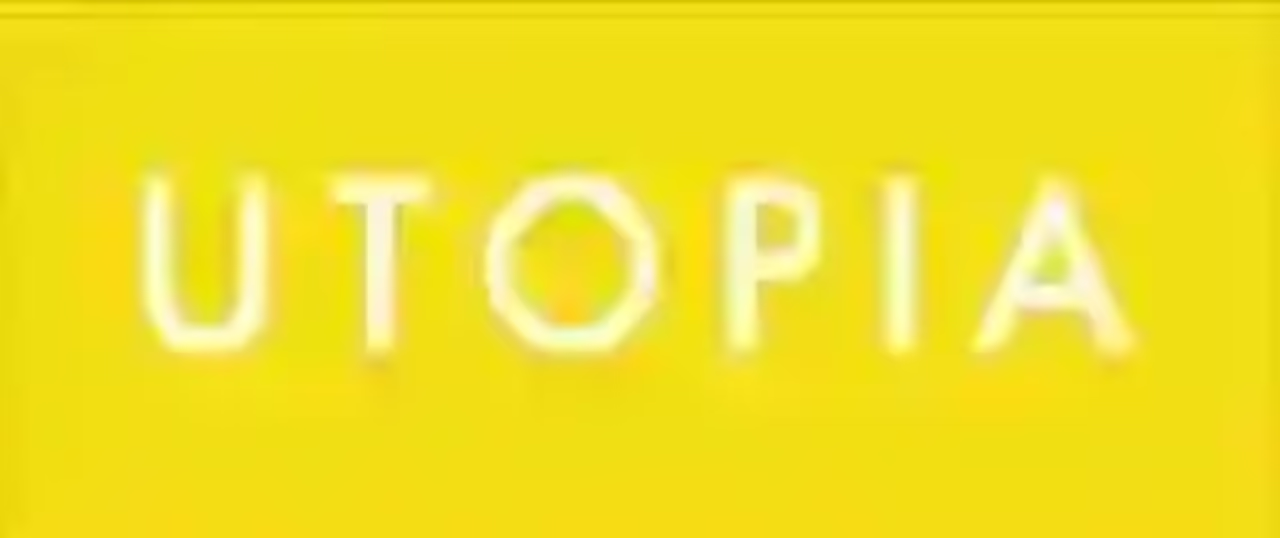Diphthongs consist of the sequence of two different vowels contiguously but pronounced in a single syllable. These are divided into three different types, thus: increasing, decreasing and homogeneous.
Growing diphthongs
They are those that start with a closed vowel (i, u), because when they are pronounced it increases the opening of the vowel from / i / or / u / to the next vowel, like this:
ie ia ua ua ue uo
Decreasing diphthongs
Are those that end in a closed vowel, like this:
ai ei oi au eu ou
Homogeneous diphthongs
They are the ones that start and end with a closed vowel, like this:
iu ui
Important note
If one of the vowels, the I or the U, is accentuated, there is no diphthong, it is separated into different syllables and that letter or phoneme must have a tilde (that is, the tonic accent must be marked with the tilde to become a written accent). ):
| guí-a | ha-cí-a | ca-pi-cú-a | |
| a-tri-bu-í-a | rí-o | bo-hí-o | som-brí-o |
It is of great importance to perfectly grasp these grammatical norms, for a correct use of Spanish, both in writing and in oral expression. Recognize and identify the diphthongs,it allows to achieve an optimal spelling, since this way you can know with precision where to point the tildes, in addition to another good number of linguistic advantages.
Image: lalibretapiruleta.com








